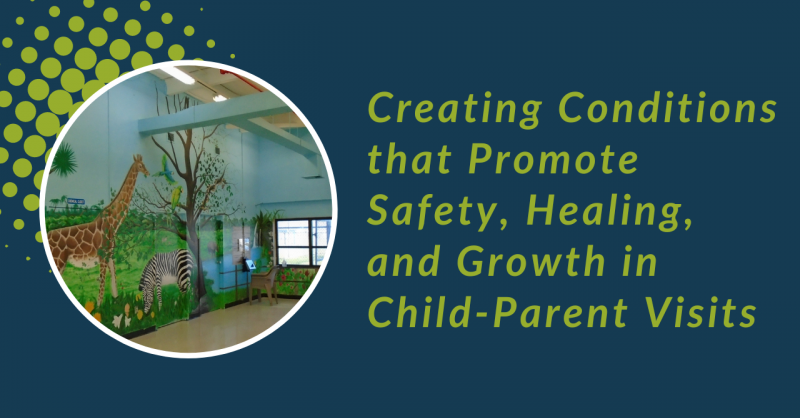Youth who receive special education services under the Individuals with Disabilities Education Act (IDEA 2004) and especially young adults of transition age, should be involved in planning for life after high school as early as possible and no later than age 16. Transition services should stem from the individual youth’s needs and strengths, ensuring that planning takes into account his or her interests, preferences, and desires for the future.
References
Centers for Disease Control and Prevention (CDC). (2013). Adverse childhood experiences study. Retrieved from http://www.cdc.gov/ace/about.htm
Federal Interagency Task Force for Drug Endangered Children. (2010). Drug endangered children. Retrieved from https://www.justice.gov/archives/dec
Finkelhor, D., Turner, H., Ormrod, R., Hamby, S., & Kracke, K. (2009). Children’s exposure to violence: A comprehensive national survey (Bulletin). Washington, DC: U.S. Department of Justice, Office of Justice Programs, Office of Juvenile Justice and Delinquency Prevention. Retrieved from https://www.ncjrs.gov/pdffiles1/ojjdp/227744.pdf (PDF, 12 pages)
General Assembly of the Commonwealth of Pennsylvania. (2011).The effects of parental incarceration on children: Needs and responsive services. Retrieved from http://jsg.legis.state.pa.us/resources/documents/ftp/documents/children%20of%20incarcerated%20parents.pdf (PDF, 152 pages)
La Vigne, N., Davies, E., & Brazzell, D. (2008). Broken bonds: Understanding and addressing the needs of children with incarcerated parents. Washington, DC: The Urban Institute. Retrieved from http://www.urban.org/UploadedPDF/411616_incarcerated_parents.pdf (PDF, 21 pages)
Phillips, S. D., & Gleeson, J. P. (2007). What we know now that we didn’t know then about the criminal justice system’s involvement in families with whom child welfare agencies have contact. Retrieved from http://www.f2f.ca.gov/res/pdf/WhatWeKnowNow.pdf (PDF, 7 pages)
Substance Abuse and Mental Health Services Administration (SAMHSA). (2014). SAMHSA's concept of trauma and guidance for a trauma-informed approach. Retrieved from https://store.samhsa.gov/system/files/sma14-4884.pdf
U.S. Government Accountability Office (GAO). (2011). Child welfare: More information and collaboration could promote ties between foster care children and their incarcerated parents. Retrieved from http://www.gao.gov/products/GAO-11-863
» Learn more about Children of Incarcerated Parents at youth.gov/COIP.
» Join the Children of Incarcerated Parents listserv.
Research links early leadership with increased self-efficacy and suggests that leadership can help youth to develop decision making and interpersonal skills that support successes in the workforce and adulthood. In addition, young leaders tend to be more involved in their communities, and have lower dropout rates than their peers. Youth leaders also show considerable benefits for their communities, providing valuable insight into the needs and interests of young people
Statistics reflecting the number of youth suffering from mental health, substance abuse, and co-occurring disorders highlight the necessity for schools, families, support staff, and communities to work together to develop targeted, coordinated, and comprehensive transition plans for young people with a history of mental health needs and/or substance abuse.
Nearly 30,000 youth aged out of foster care in Fiscal Year 2009, which represents nine percent of the young people involved in the foster care system that year. This transition can be challenging for youth, especially youth who have grown up in the child welfare system.
Research has demonstrated that as many as one in five children/youth have a diagnosable mental health disorder. Read about how coordination between public service agencies can improve treatment for these youth.
Civic engagement has the potential to empower young adults, increase their self-determination, and give them the skills and self-confidence they need to enter the workforce. Read about one youth’s experience in AmeriCorps National Civilian Community Corps (NCCC).










